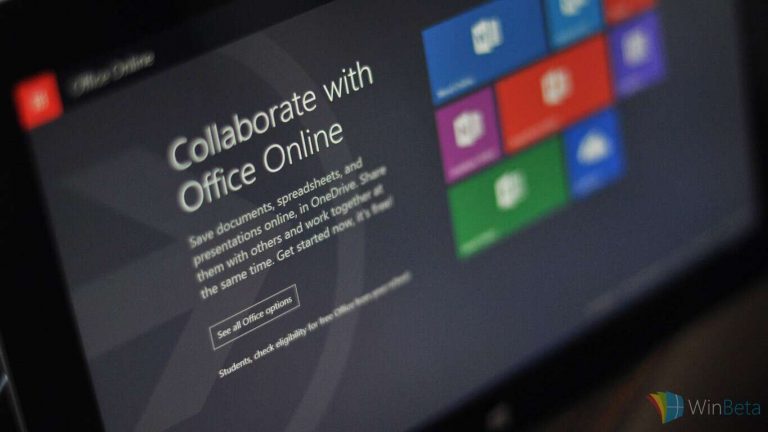Office Online Server (OOS) was released today, allowing enterprise users to deliver browser-based versions of Word, PowerPoint, Excel, OneNote, and more to users via their own local data centers. Microsoft knows that enterprise users still see value in having on-premises servers for certain business operations, and OOS offers the same products and services available through Office Online but utilizes enterprise’s own equipment.
OOS is able to integrate with SharePoint Server 2016, Exchange Server 2016, and Skype for Business Server 2016, and is also compatible with SharePoint Server 2013, Exchange Server 2013, and Lync Server 2013 when needed. While OOS uses enterprise users’ on-premises servers, OOS offers the same features and functionality of Microsoft’s cloud services.
The Office Team points out that OOS offers a number of situations where OOS will be most useful:
- When you integrate OOS with SharePoint Server 2016, generally available starting today, you can create, share and collaborate on Word, PowerPoint, Excel and OneNote files in your browser. Most notably, OOS with SharePoint lets multiple people work in a document at the same time and see everyone’s changes as they happen. OOS also works with SharePoint Server 2013, Exchange Server 2013 or Lync Server 2013 with Office Web Apps Server 2013. So be at ease if you’re still running them—you will not need to run both Office Web Apps Server 2013 and OOS.
- By integrating OOS with Exchange Server 2016, you can view and edit Office file attachments in Outlook on the web and send back a reply without ever leaving your browser.
- With Skype for Business Server 2016, OOS enables high fidelity viewing of PowerPoint Online when sharing PowerPoint presentations during meetings.
In order to use OOS, enterprise customers will need certain Office subscription services, like Office 365 or Office 2016. See Microsoft’s Office website for plan pricing details.


